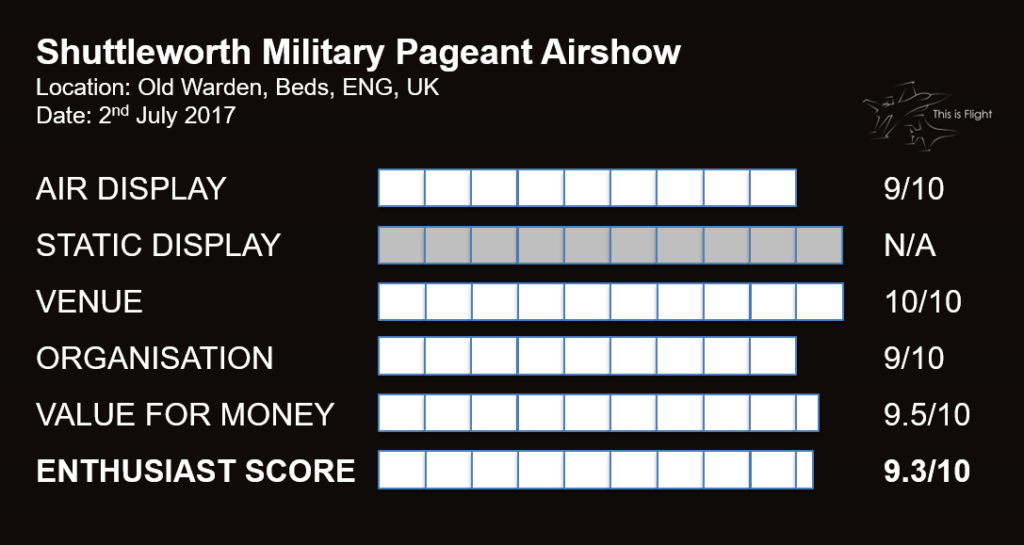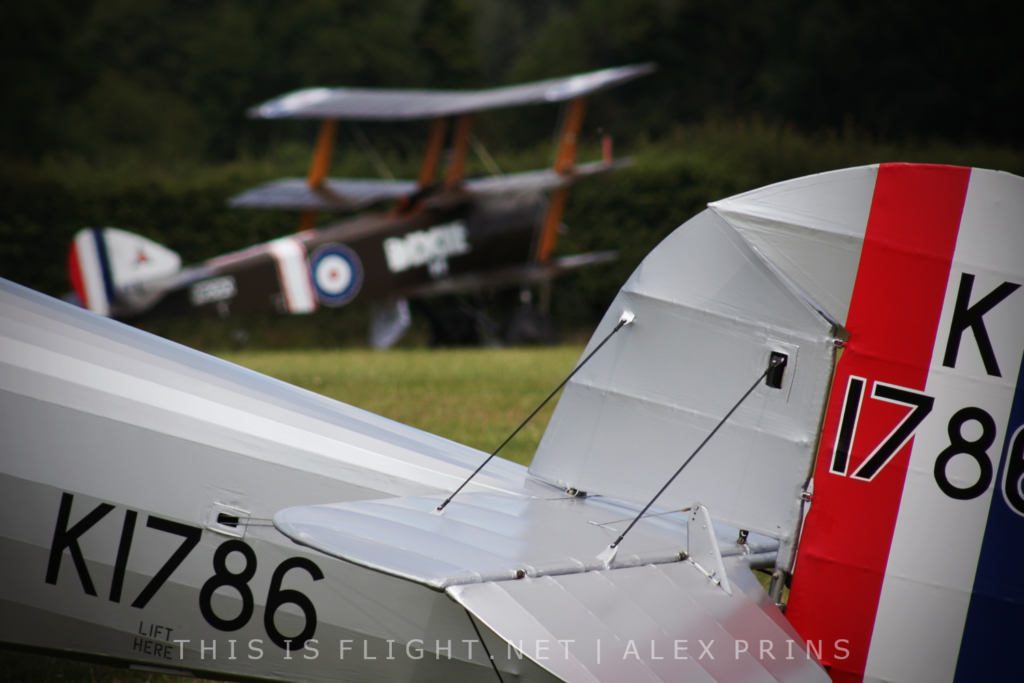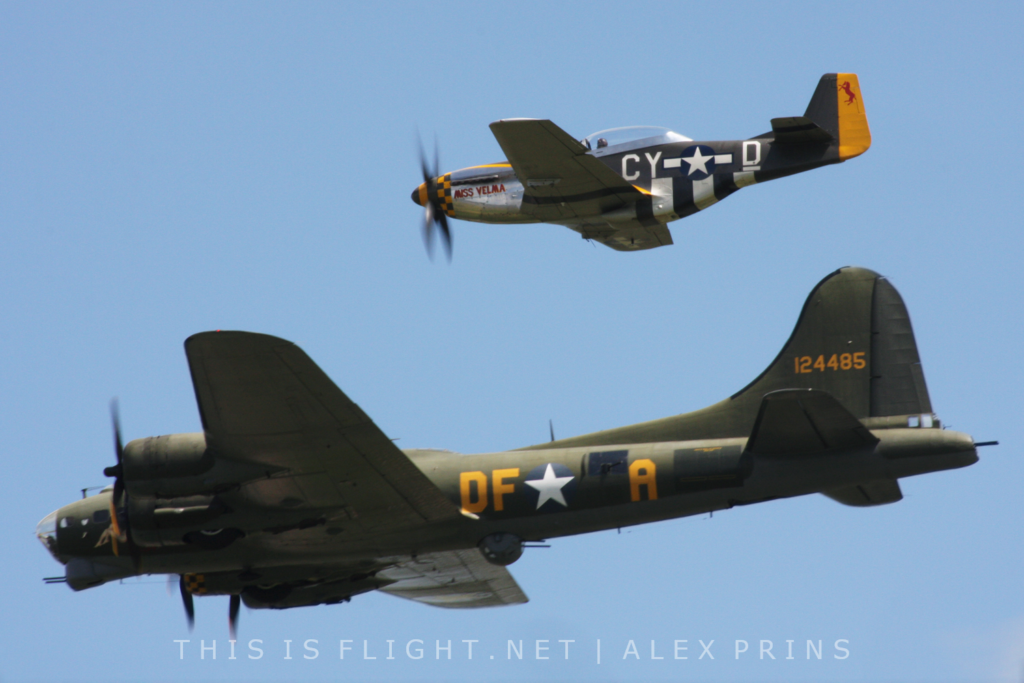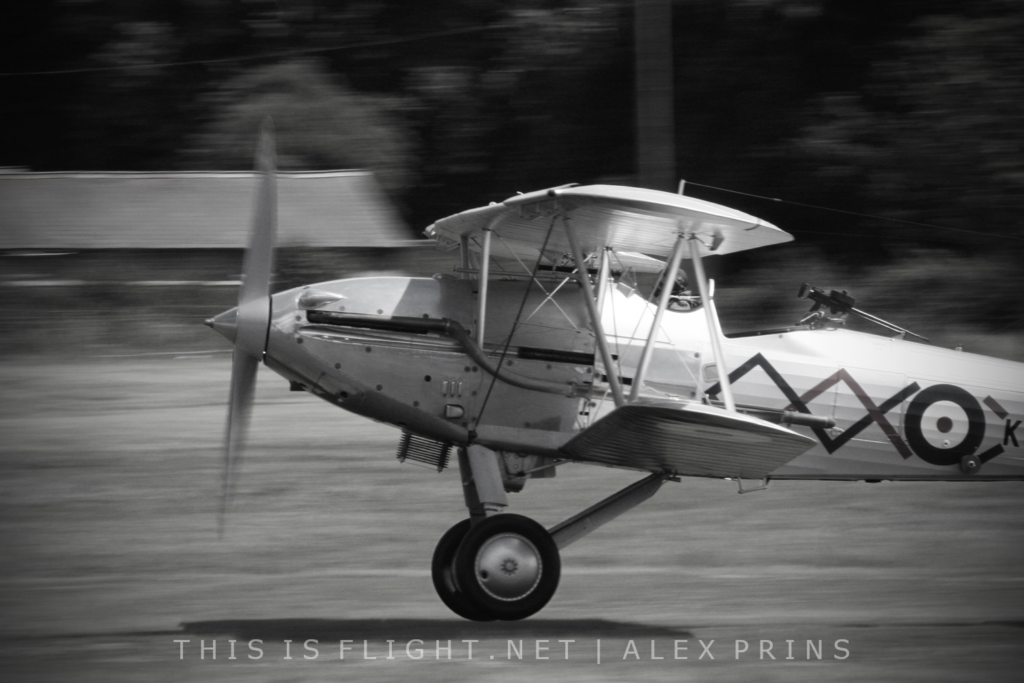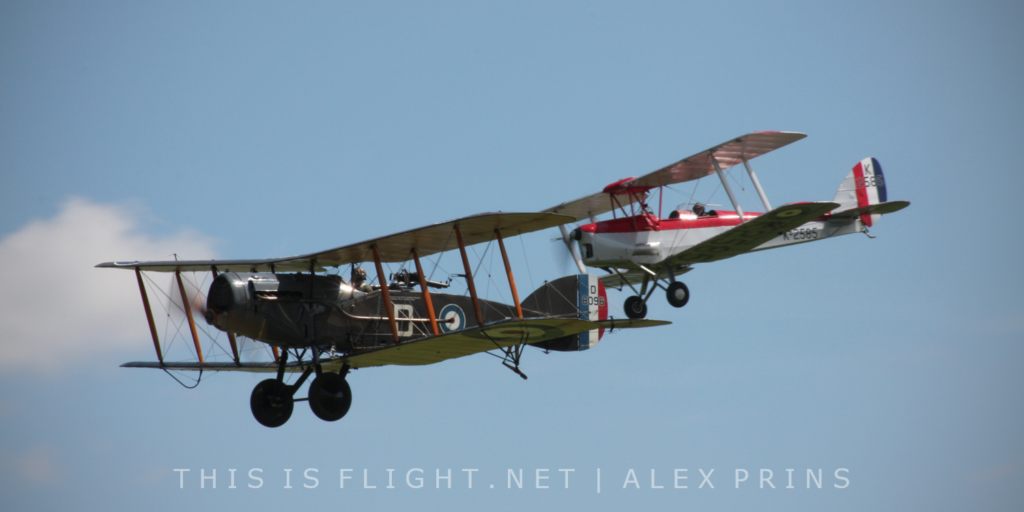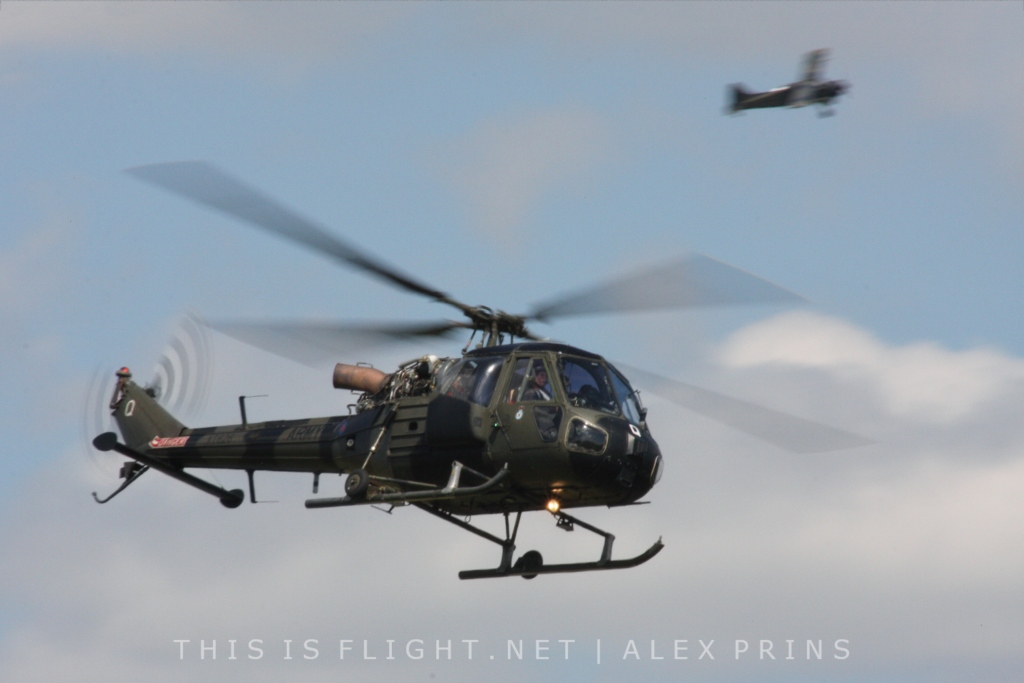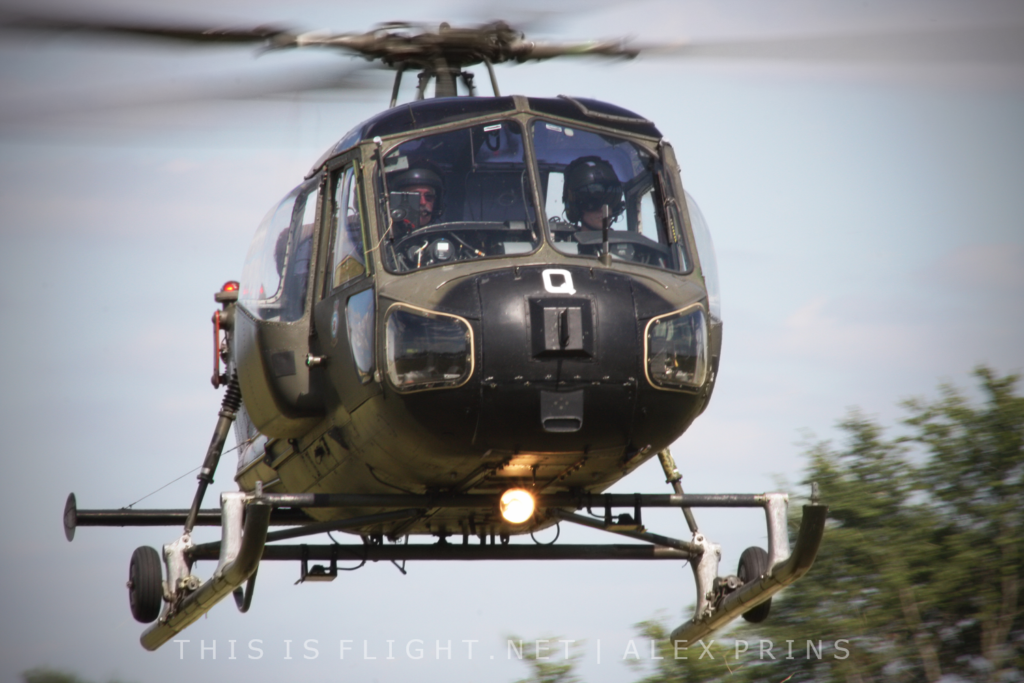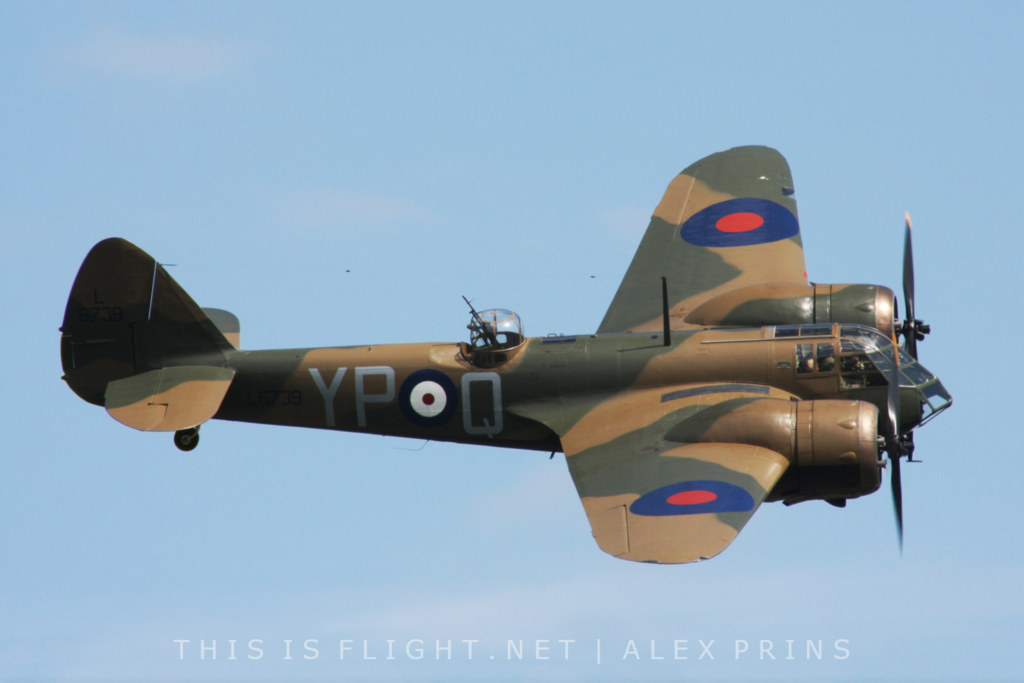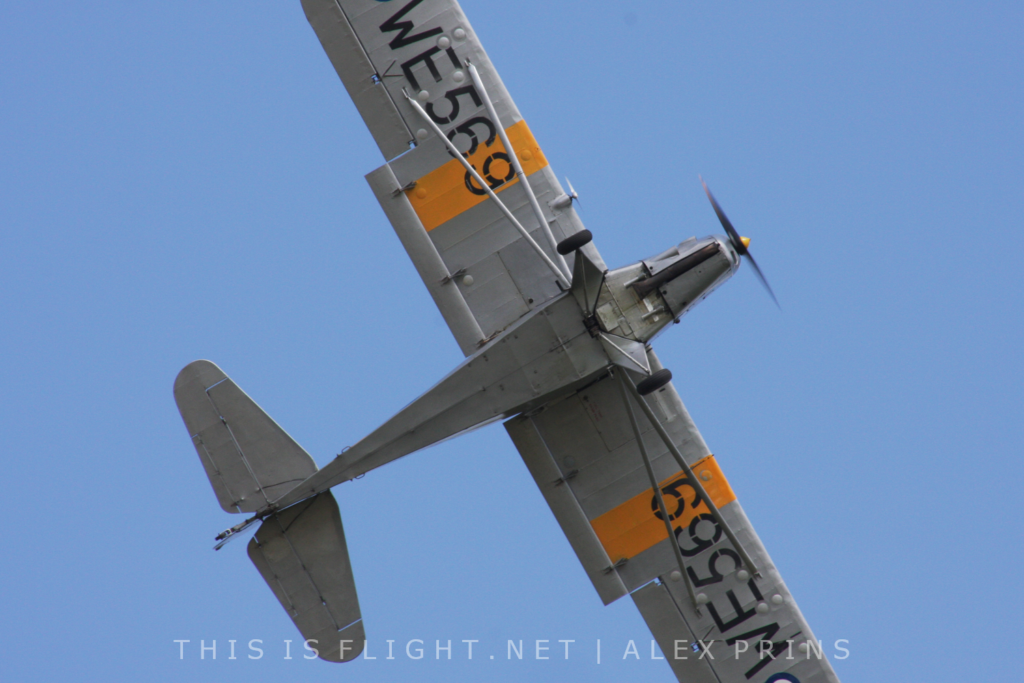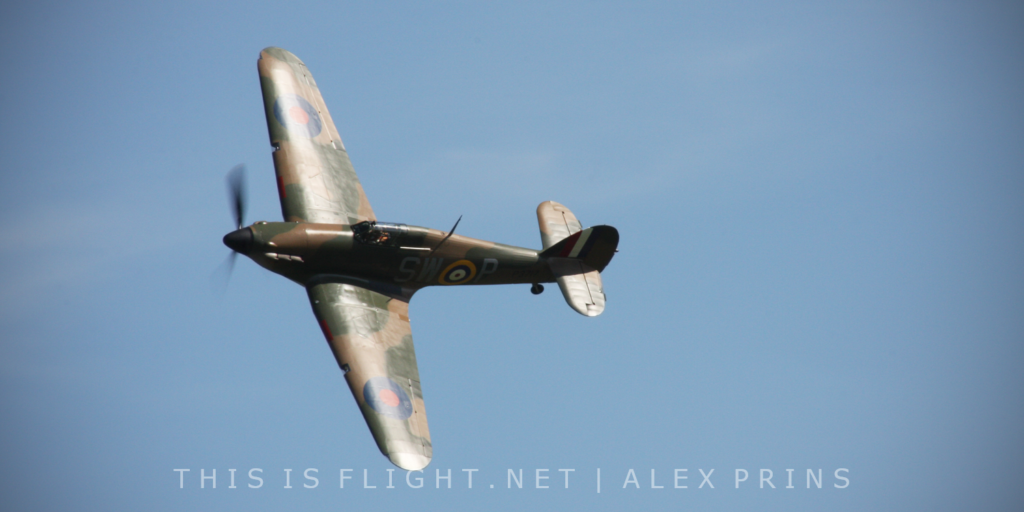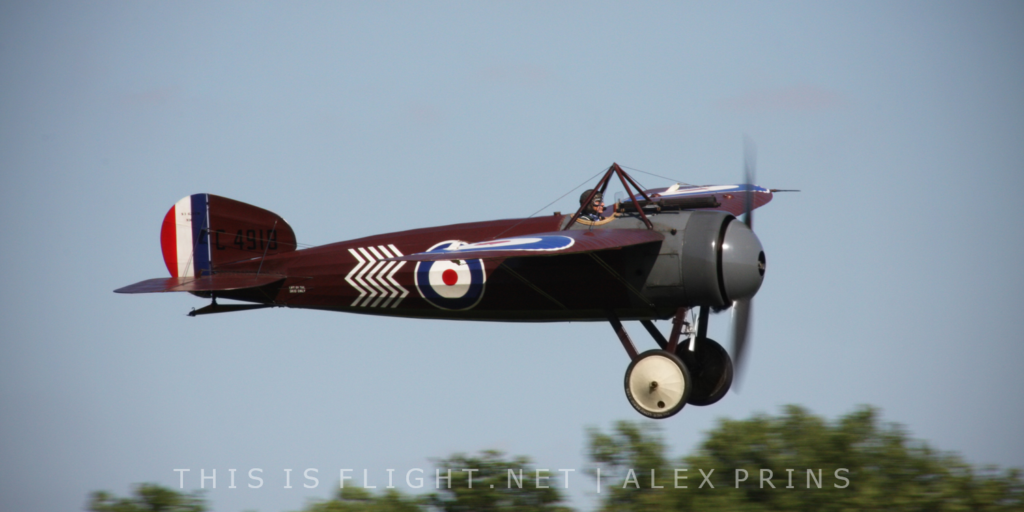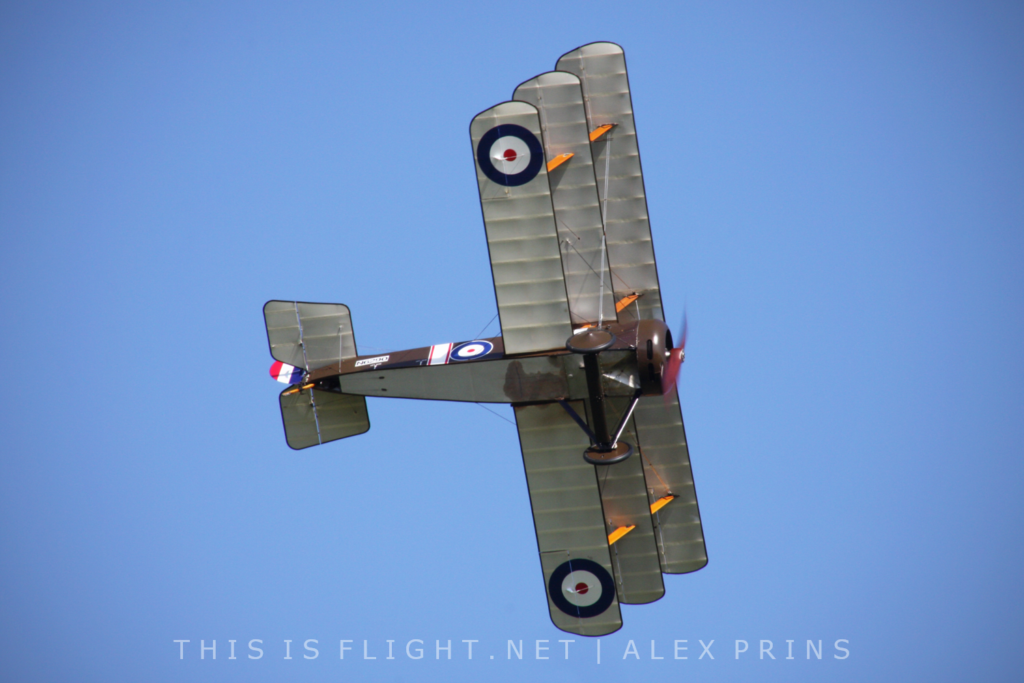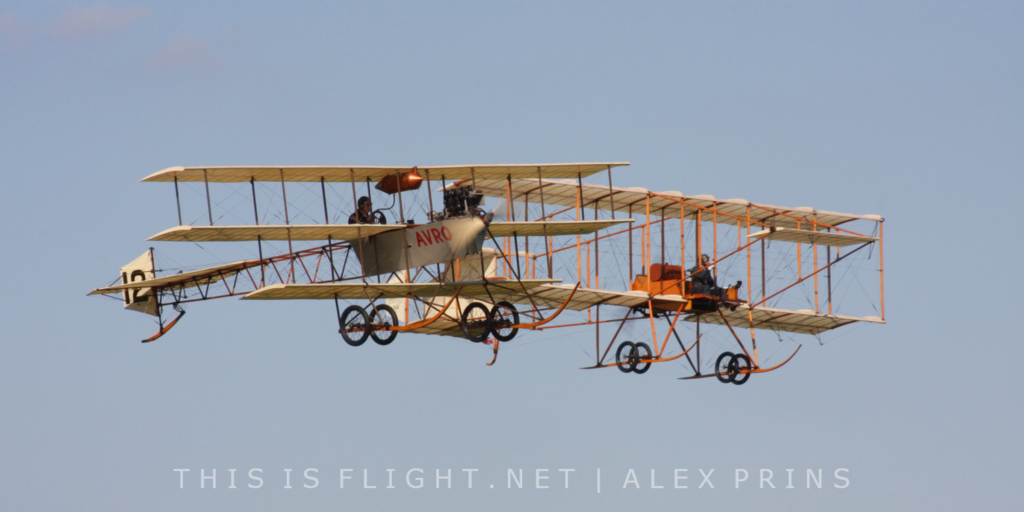Nestled in the Bedfordshire countryside, within 2 miles of the appropriately-named Biggleswade, lays an aerodrome with a world-class collection of vintage aircraft, which dates back to the absolute infancy of aviation. For many, Old Warden is the jewel in the UK airshow crown, and circumstances elsewhere have done nothing but drive this sentiment home. To almost all of those that may consider themselves to be “enthusiasts” of airshows in Britain, Old Warden aerodrome, with its resident Shuttleworth Collection, is hallowed ground, and truly there are few finer spots to enjoy an afternoon’s flying. Just a fortnight earlier, the Collection had hosted an ‘Evening Airshow’, which received universal acclaim for the quality of flying, as well as the heavenly combination of a trio of Hawker Hurricanes; there was some “will they?/won’t they?” in the build up to the annual Military Pageant as to whether this set-piece would be repeated so soon, or if the show as a whole could reach the high bar that it had set itself.
Arriving mid-morning and parking on the grounds of the Victorian-era Mansion, one was to be transported back to the early 20th Century, as immaculate biplanes basked in the glorious sunshine, accompanied by faint strains of 1930s swing music and the gentle throb of a Willys Jeep. Few airshows foster such a warm and welcoming atmosphere as Old Warden, and despite the noticeably larger crowd than is perhaps usual (no doubt boosted by the excellent weather forecast) there was time for a slow amble among the hangars and workshops of the Shuttleworth Collection, without a nagging fear that there was not to be space near the front of the crowdline. A conspicuous aircraft in the Engineering Workshop was Supermarine Spitfire Mk.Vc, the Collection’s ongoing restoration-to-flight project, which looked resplendent in its freshly-applied 312 (Czech) Squadron markings. It is only a matter of time before this magnificent warbird is able to join its three Merlin-powered sisters in the Bedfordshire skies – a day that cannot come soon enough!
This year’s Pageant made nods to several notable anniversaries, first among which was the celebration of 70 years since the USAF’s formation. This theme was to open the show, as Richard Grace lifted off in TF-51D Mustang “Miss Velma”. Although there is no doubt the display was full of grace (no pun intended), it was remarked by some that the display was perhaps a little more distant than was hoped, a fact which was worsened by the inclusion of numerous looping manoeuvres that took the aircraft up to thousands of feet. Old Warden is a prime example of a location where vertical manoeuvres are best avoided, with flat and sweeping topside passes proving to be the best way to display a finely preserved warbird such as ‘Miss Velma’. The USAF commemoration also included a rare visit by B-17G “Sally B”, which arrived escorted by her “little friend”, in a sight that would not have been uncommon 75 years ago, as fighter aircraft protected damaged bombers limping home from operational sorties. ‘Sally B’s subsequent solo display was unfortunately a little underwhelming, as pilot Peter Kuyper’s display lacked the intimacy of previous outings to Old Warden, with a noticeable lack of the highly sought-after topside passes that perhaps some of us expected.
The stage was then set for the Shuttleworth Collection pilots to demonstrate how it is done, as the first of the Collection aircraft lifted off. The final Hawker Tomtit to roll off the production line in 1928, K1786 was joined by ‘Demon Display Ltd’s Hawker Demon, which although privately-owned is all but a member of the Collection. Flown by Stuart Goldspink, the latter was taken on charge by the RAF in 1937, little over a year before the introduction into service of the evidently more advanced Hurricane, which Goldspink was also to display later in the day. Sandwiched between graceful passes by the Tomtit and Demon was an altogether more unusual and brief display of the EoN Primary glider. This minimalist glider design leaves the pilot extremely exposed, and all of those assembled expressed an appreciation for the bravery displayed by the pilot in gracefully returning the aircraft to terra firma. A final layer to this eclectic mix of 1930s heritage was the inclusion of an immaculate DH.82a Tiger Moth in the colours of the RAF Central Flying School Aerobatic Team, which played a limited part in the overall display with few close passes, and a greater emphasis on loops and rolls high above the cavorting combination below.
Fortunately, the Tiger Moth was brought up-close with a series of unique passes in the company of a Bristol F2.B. The latter will celebrate its one hundredth birthday next year, which was to be easily forgotten once the display proper began, as its grace belied its age throughout. For sixty five years this aircraft has been a stalwart of the Shuttleworth Collection, and one hopes that it will continue to be for at least another sixty five! Prior to the Tiger Moth’s landing, the pair was briefly joined by yet another aircraft unique to this country, as the Collection’s Westland Lysander entered the fray. Named after a 4th Century BC Spartan General, this high-winged monoplane appears ungainly in flight, however its short-field performance was to enable it to perform daring clandestine operations to insert and recover operatives in Occupied Europe during the Second World War.
As perhaps a taste of what was to come, a fourth Hurricane in the flying line-up was provided by the Battle of Britain Memorial Flight. Unfortunately, this was an example of the BBMF’s policy of “one display fits all” really falling down, as the routine could not have been more poorly suited to Old Warden; this was particularly disappointing as it followed an unexpectedly impressive series of flypasts by a Spitfire and Hurricane operated by the Flight a fortnight earlier. Perhaps it is time for the Shuttleworth Collection to request only flypasts from the BBMF, as the failure to adapt to the venue left for an embarrassing spectacle which was to be torn apart by the later Hurricane displays.
The following display was of an altogether more unusual nature, as the Army Historic Aircraft Flight’s De Havilland Canada DHC-2 Beaver AL1, took off in formation with the Flight’s Westland Scout AH1, which had just transited from nearby Blackbushe Airport’s ‘Festival of Flight’. The Scout, flown by Major Matt Roberts, launched straight into its display following the formation, however one would be forgiven for failing to notice or appreciate the efforts by Major (retired) George Bacon, whose voice many will recognise (for better or for worse), as he piloted the fixed-wing Beaver in what should have been a pairs display. The lack of cohesion between the two elements was no doubt exacerbated by the absence of the third component, an Augusta Bell Sioux AH1, due to unserviceability. One hopes that as the team grows in experience, the routine will better demonstrate all of the aircraft involved.
As the Scout wound down and the affable Major Roberts stopped to speak to some of the assembled audience, John Romain appeared from stage-right for a typically world-class display in the Aircraft Restoration Company’s magnificent Bristol Blenheim. The only airworthy example of the type in the world, this machine was put through its paces in a masterful routine – Romain’s third of the day following appearances at the Welsh National Airshow and the Chalke Valley History Festival. These other displays no-doubt precluded the Blenheim from basing itself from Old Warden as it has in the past, however this slight disappointment was readily forgotten as Romain provided a number of elegant topside passes, unfortunately during perhaps the only period of the day to be scuppered by cloud!
The following improvised pairs display by a pair of Austers surprised many, as the variety of manoeuvres explored every aspect of the type’s capabilities in what proved to be an extremely entertaining interlude. Finally, in what proved to be an impatient period preceding what was for many the “main event”, the Collection’s Kirby Kite glider was set aloft; perhaps two glider displays is too many for a show with such a raft of alternative, more dynamic items available, however this lull in proceedings was not helped by the distraction caused by the following participants starting up.
As the Kite disappeared from sight onto Old Warden’s secondary runway, the first of three Hawker Hurricanes took to the skies. The trio then joined up behind Shuttleworth House, before appearing for the first of three formation flypasts, culminating in an effortlessly graceful three-way break led by Paul Stone in the Shuttleworth Collection’s Sea Hurricane Ib. Stone then led Battle of Britain-veteran Hurricane Mk.I R4118 in a glorious tail-chase sequence, while Stu Goldspink provided magnificent aerobatics in a second Mk.I Hurricane (itself also a veteran of the Battle of Britain). The latter flew for the first time on the 21st of March 2017, in the culmination of a 27-year restoration; the aircraft is operated by ‘Bygone Aviation’ on behalf of Hugh Taylor, who is unfortunately blighted by Alzheimer’s disease, and since May the aircraft has been a resident at Old Warden. There are few better tributes to Mr Taylor, his daughter Sophie, herself an accomplished wingwalker who sadly passed away earlier this year, and of course the brave young men that flew Hurricanes in defence of our nation, than the lyrical solo display performed by Goldspink as the Sea Hurricane and “Vachercane” landed. In an enjoyably protracted solo routine that felt blissfully endless, Goldspink cemented himself as the most capable proponent of Hurricane displays, as he flew a frankly jawdropping routine that this author would suggest is the finest they have ever, or possibly will ever witness. The closing sequence of manoeuvres, a sublime sunlight topside which led seamlessly into a final “Victory Roll”, left many mouths agape as the assembled audience began to comprehend the quality of the past twenty minute’s flying.
Given the unenviable job of having to follow such a display was Jean-Michel Munn, in a debut display of a Royal Aircraft Factory BE2e at Old Warden. A’2943 is one of a pair of BE2 replicas built by The Vintage Aviator Ltd in New Zealand that are in the UK on loan to the WWI Aviation Heritage Trust and based at Stow Maries in Essex. The aircraft was granted its CAA permit-to-fly little over a week before the Pageant (having previously been on the New Zealand Civil Register). Jean Munn flew a surprisingly elegant display in this ungainly aircraft, which dates back to the first days of the Royal Flying Corps’ endeavours in 1914, before he was joined by Dodge Bailey in the Collection’s Bristol M1c. The M1c was the first monoplane operated by the RAF, entering service in 1917, and while it did not see service over the Western Front (rather it operated over the Middle East in various engagements) its pairing with the BE2 at the Military Pageant was an appropriate way of bookending the aerial contribution to the First World War. Dodge then peeled off for a magnificent solo routine which, on any other day, would have been the best display of the show!
Interspersing this First World War segment was the BAE Systems Heritage Flight’s Avro Anson, whose largely civilian heritage was a notable exception to the show’s military theme. The aircraft put in a decent showing, which was much improved on its lacklustre appearances at events such as the RAF Cosford Airshow over the past two years. Further aviation of a 1930s vintage was provided by Bob Morcom in the Collection’s Polikarpov Po2; this aircraft is perhaps most notable for being the steed of the all-female Soviet flying unit the ‘Night Witches’, who flew nocturnal bombing and psychological harassment missions on the Eastern Front during the Second World War. Fortunately Morcom’s display was far from psychologically fatiguing, as it was both sedate and happily engaging. In a final nod to army cooperation in the First World War, Stu Goldspink triumphantly returned to the air in the Sopwith Triplane, for its first display since a forced landing in 2014. Although a reproduction, the aircraft was built by volunteers of Northern Aeroplane Workshops to original specifications, and was found by Sir Thomas Sopwith to be of such quality and accuracy, that he deemed ‘Dixie’ to be a late production aircraft, rather than a replica. Unfortunately this was the only example of the Sopwith lineage to fly at the Military Pageant, as the Pup proved to be unserviceable and the much anticipated debut of the Collection’s newest addition, the Sopwith Camel, unfortunately failed to materialise.
As a perfect culmination of a superb day’s flying, the 2017 edition of the Military Pageant was brought to a close with a rare appearance by two of the renowned “Old Edwardians”. The Avro Triplane and Bristol Boxkite are both high-quality reproductions, first produced in 1965 for the film ‘Those Magnificent Men in their Flying Machines’. Both designs are from 1910, indeed the pair date back to just seven years after the Wright Brothers’ first powered flight! Their resultant fragility therefore limits public appearances to only the calmest of flying conditions; and yet Frank Chapman and Dodge Bailey flew a veritable myriad of passes in the Triplane and Boxkite respectively, including some formation flying – those positioned at the apex of the dogleg crowdline-bend can attest to Dodge incredibly managing a topside pass! Both pilots then elegantly returned their aircraft to earth as the warm evening rays of the sun cast their mounts in a glorious light, and as the Triplane’s sixty horsepower Cirrus Hermes engine finally spluttered to a halt, the crowd welcomed the pilots with a final round of applause.
While those at both the earlier Evening Airshow and this Military Pageant suggest that the former was arguably “better”, this author can comment only on the latter and its comparison with other airshows this year and previously. Quite simply this show was astonishing, as the weather allowed for impeccable flying almost across the board, and for rare appearances to be made by aircraft such as the Old Edwardians, often highlight enough at a “usual” Shuttleworth airshow. However, the 2017 Military Pageant was far from the usual, as the “Holy Trinity” of Hurricanes tore up the skies in flawless conditions, alongside notable solos by Dodge Bailey and Stu Goldspink amongst others, contributed a raft of events that must be considered to be highlights of the entire display season. The lack of Spitfires was noted by many, but no-one could have suggested that this undermined the show in any way, as presently the Shuttleworth Collection are at long last providing a stage worthy of celebrating a type often considered to be in the shadow of other, more glamorous types – at Old Warden, the Hurricane is king!
Alex Prins is a UK based photographer and aviation enthusiast, and also the deputy-editor of This is Flight.
